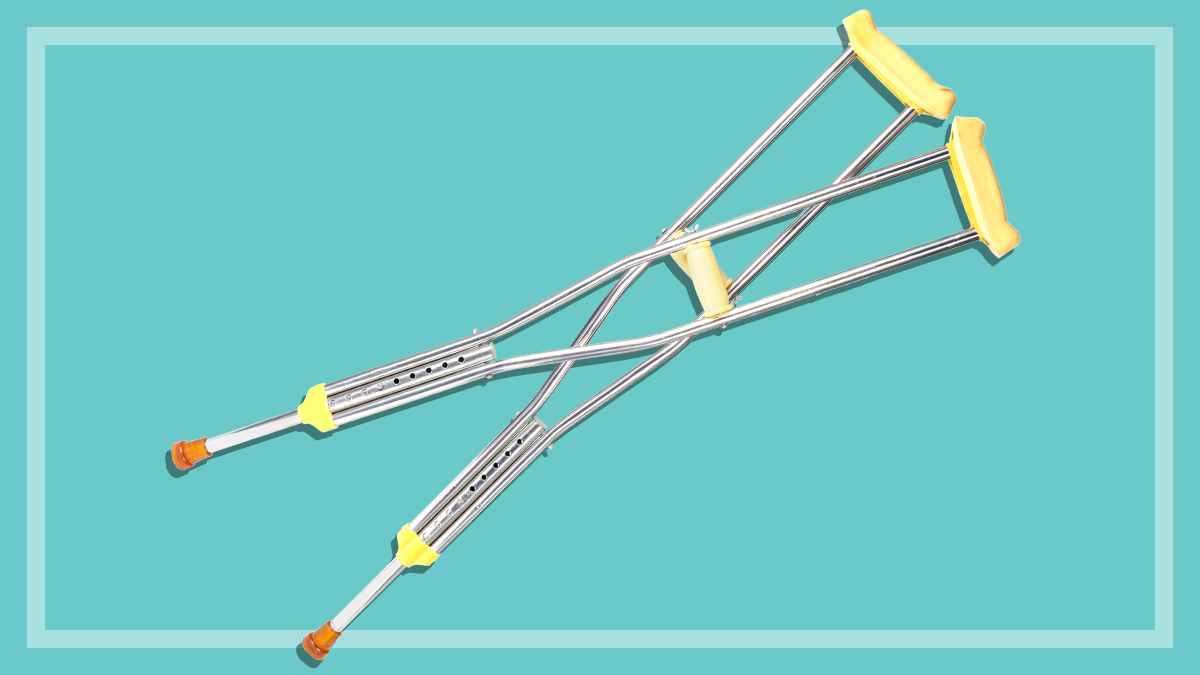Get our independent lab tests, expert reviews and honest advice.
How to buy the best hospital insurance

All Australians have access to free or subsidised treatment in a public hospital with Medicare, but you can also get hospital cover on top of Medicare that comes with the promise of shorter waiting times for elective surgery and a range of government financial incentives.
On this page:
- Should you consider private hospital insurance?
- What level of hospital cover do you need?
- How much does private hospital insurance cost?
- Private health insurance incentives
- What are excesses and co-payments?
In our separate health insurance buying guide, we explain how health insurance is split into hospital insurance and extras insurance, and how this can help you save money.
This guide to hospital insurance will give you the lowdown on what you get with hospital insurance, and whether it’s worth it for you.
Should you consider private hospital insurance?
If you’re already covered by Medicare, then why pay extra for private hospital insurance? About 45% of Australians have private hospital cover and, as with many things, there are arguments for and against.
Why you might want private hospital insurance
- It can reduce your tax – if you’re a single person earning over $101,000 or a couple, single parent or family earning over $202,000 a year and you have private hospital insurance, you won’t have to pay the Medicare Levy Surcharge (MLS) – a penalty the federal government charges higher income earners at tax time.
- You can choose your own doctor.
- You’ll pay less to go to a private hospital (which can have better conditions and service) if you have insurance than without it.
- You can go to a public hospital as a private patient and have a better chance of getting a private room.
- You can avoid paying the Lifetime Health Cover loading – a penalty that applies if you haven’t held hospital insurance continuously from the age of 31.
- Shorter wait times for elective surgery.
Is waiting for elective surgery really a big deal?
One of the main reasons you may wish to consider hospital insurance is to allow you to jump ahead of lengthy public hospital waiting lists.
Elective surgery is a bit of a misleading name. It means surgery that is planned in advance, so not part of a medical emergency. But it still includes the treatment of serious conditions.
If you need elective surgery, you’ll be added to a public hospital waiting list. The more urgent the requirement, the sooner your surgery will be scheduled, but for things like hip replacements and cataract surgery you can wait up to a year. This wait can be stressful, uncomfortable or even painful, and your condition could worsen during this time.
If you have private health insurance, you can be treated in a private hospital, or as a private patient in a public hospital, without the long wait.
Why you might not want private hospital insurance
- It’s not cheap. Health insurance premiums (what you pay for your policy) might be unaffordable for your family.
- There are extra fees if you actually use it. You can end up paying a lot out of your own pocket for doctors’ fees. As a public patient, (without hospital insurance), Medicare covers doctors’ fees for you, but as a private patient, private hospital insurance often only covers part of it. Plus, most policies have an excess of up to $750 that applies when you’re admitted as a private patient.
- For more complex and expensive medical conditions, you’ll end up in a public hospital anyway, regardless of whether you have private hospital cover, because public hospitals tend to have a wider range of equipment.
- If you live in regional Australia, you may find it difficult to access a private hospital, or even your chosen specialist in a public hospital.
What level of hospital cover do you need?
If you’ve decided to get private hospital insurance, then make sure you get the right level cover for you.
Hospital insurance policies fall under one of four product tiers – Gold, Silver, Bronze or Basic. Each product tier covers a core group of treatment categories. Then there are ‘Plus’ policies, which cover a few additional treatments in their tier.
Gold policies cover all treatment categories, while Basic policies cover next to nothing – we’d only recommend these to reduce your tax bill, and not if you want help with medical expenses.
Bronze and Silver policies offer a mid-level of cover and are most often the policies we recommend to give the best value for money.
- Basic: Very little – if any – cover in private hospital, but may be useful for tax savings.
- Bronze: 18 categories of services.
- Silver: 26 categories of services.
- Gold: all 38 categories of services.
See Gold, Silver and Bronze health insurance policies explained.
How much does private hospital insurance cost?
The average annual premium for private hospital insurance in Australia, not factoring in the government rebate, is $3035 for a single person or $6640 for a family or couple.
Health insurance prices can vary widely depending on the state or territory you live in and the level of cover you buy, as well as which government subsidies and penalties apply to your personal circumstances. Some insurers also give a small discount for paying annually or by direct debit.
Private health insurance incentives
Private health insurance rebate
The private health insurance rebate will reduce the premium you pay for health insurance (both hospital and extras) if you’re a single person earning up to $158,000 a year, or a couple or family earning up to $316,000.
Age-based discounts
There are also discounts available for younger people. For every year you’re under the age of 30, some insurers may offer a discount of 2% on your premium, up to a maximum of 10% for 18 to 25-year-olds. If you stay on the same policy, you can keep the full discount till you’re 40.
Avoiding the Lifetime Health Cover loading
The Lifetime Health Cover (LHC) loading is a penalty that increases your premium if you haven’t had continuous hospital cover from the year you turn 31.
The LHC loading adds 2% to your premium for each year that you didn’t have hospital insurance for a period of 10 years. Although this sounds scary, we’ve shown that the LHC loading isn’t as bad as it seems and shouldn’t be a reason for you to rush out and buy hospital insurance.
If you never take up private hospital insurance, LHC loading will never affect you.
Avoiding the Medicare Levy Surcharge
The Medicare Levy Surcharge is an amount you’re charged at tax time if you’re in the high income bracket, and don’t have private health insurance. A tax of 1–1.5% applies if you earn more than $101,000 as a single or $202,000 as a couple, single parent or family.
Depending on how much you earn, it’s often cheaper to take out a Basic hospital insurance policy than pay the Medicare Levy Surcharge.
What are excesses and co-payments?
Excess
An excess is an amount you can nominate to pay out of your own pocket, once per hospital stay, in order to lower your premiums.
Since you’ll only pay the excess if you end up going to hospital, choosing a policy with a higher excess could save you money if you don’t expect to go to hospital during the year (that is, if you have no surgery planned).
Sometimes public hospitals will waive your excess if you choose to stay at a public hospital as a private patient.
Co-payment
A co-payment is similar to an excess, but instead of a one-off cost, it’s usually applied per day of a hospital stay. These are usually capped either yearly, or per stay, or may only apply for a private room.
Gap fees
If you use a public hospital as a public patient, Medicare will cover your costs.
If you use private health insurance, then a combination of Medicare and your insurer’s payout covers your treatment up to a standard fee. But sometimes doctors charge more than the standard fee, creating a ‘gap’ that you’ll need to pay from your own pocket.
Many funds have ‘gap-cover schemes’ or arrangements with certain doctors or hospitals whereby the insurer pays out more than they usually would, reducing the gap fee that you need to pay.
There are two types of gap-cover schemes:
- a ‘no-gap’ arrangement means there will be nothing for you to pay
- a ‘known-gap’ agreement means that your payment is capped at a certain amount, usually a maximum of $500.





